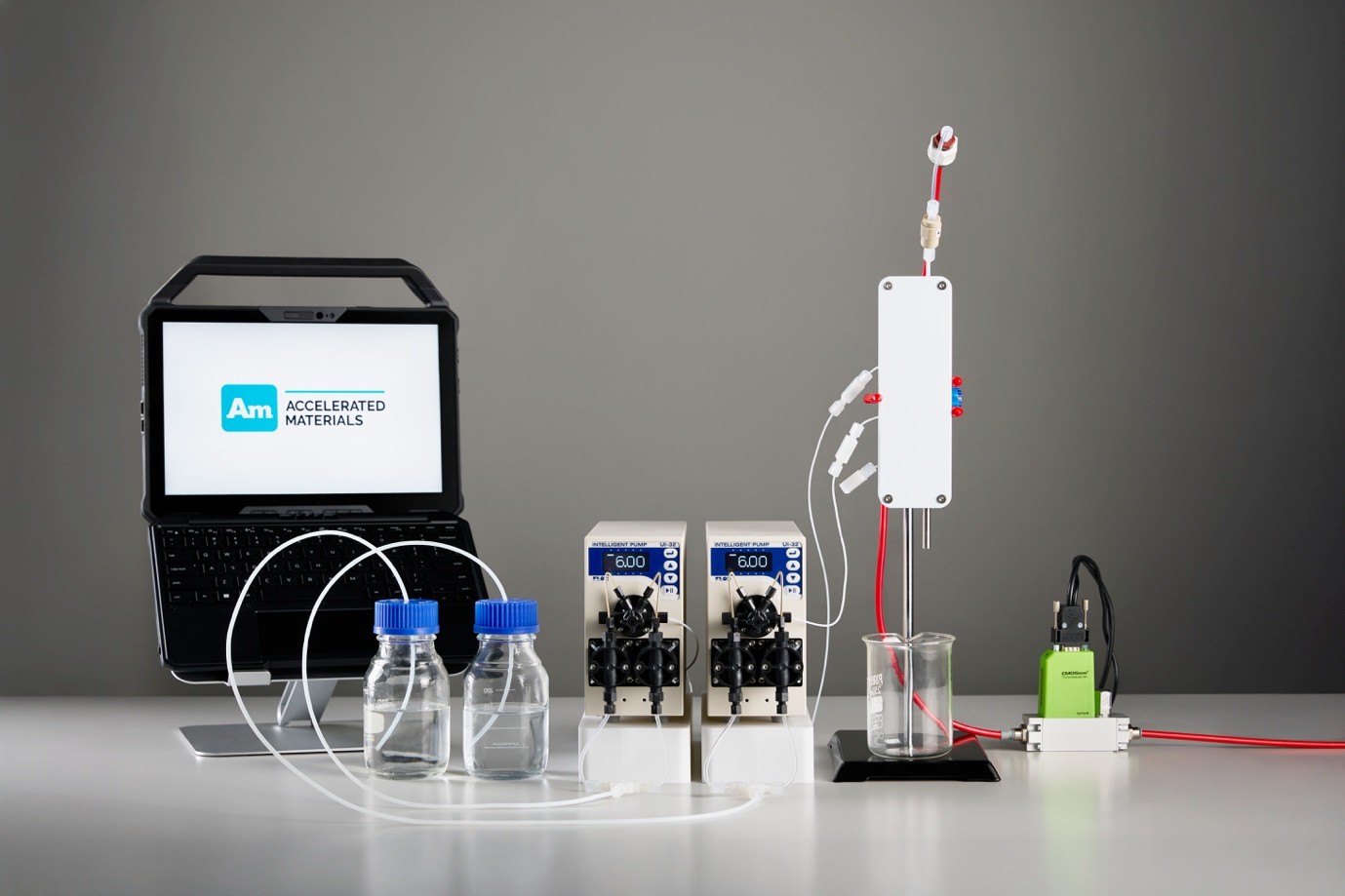Singapore, 22nd March 2017, C4T members and others enjoyed a fascinating and thought-provoking presentation from Prof Åström as part of C4T’s Visiting Scientists Scheme.
Prof Karl Johan Åström was educated at the Royal Institute of Technology (KTH) in Stockholm. From 1960 to 1965 he worked for IBM on computer control. In 1965 he was appointed Professor at Lund University, where he founded the new department of Automatic Control. Åström has broad in-terests covering theory and applications. He has supervised more than 65 PhD students, authored 10 books, published extensively in archival journals and he holds several patents. Åström is a member of the Royal Swedish Academy of Engineering Sciences (IVA), the Royal Swedish Academy of Sciences (KVA) and a foreign member of the US National Academy of Engineering. He has received many hon-ors, among them six honorary doctorates, the 1987 IFAC Quazza Medal, the 1990 IEEE Control Sys-tems Award, the 1993 IEEE Medal of Honor and the 2002 Great Gold Medal of IVA. In 2003 he was inducted in the Process Control Hall of Fame.
Sun Lu (PhD student, NUS, IRP4) summarised the lecture:
A modern controller senses the operation of a system, compares it against the desired behavior, computes corrective actions based on a model of the system’s response to external inputs, and actuates the system to affect the desired change. The use of feedback is one of the fundamental features in control system design [1].
The term ‘feedback’ refers to a situation where the outputs of the controlled plant are routed back to the controller for formulating the control signal. The use of feedback could be traced back to the centrifugal governor produced by James Watt in 1788 [2], where the amount of fuel admitted to the engine is regulated by its speed in order to maintain the speed a near-constant value. Since then, it has become common knowledge that by real-time observing the behavior of the plant and comparing its performance with desired expectation, it is possible to design precise closed-loop systems from imprecise components, and even stabilize an unstable system meanwhile rejecting (or reducing) the effects of external disturbance.
Control engineering came to its golden age in the 1960th. Many new control algorithms built on solid mathematical techniques have been proposed in the second half of the 20th century, including optimal control, stochastic control, adaptive control and robust control. The introduction of state-space model and Kalman Filter enabled new ways of describing the system dynamics and led to new structure for control systems. Research areas such as system identification, auto-tuning PID and computer based control system design have become increasingly popular. The efforts made by the pioneers of these areas have enabled more flexible controls over larger scale plants with stricter requirements.
Today, the systems we are dealing with have become more complicated than ever, and sometimes it requires control engineers to learn from other subjects including mathematics, computer engineering, physics, etc. The development of neural networks is a good example where, inspired by neuroscience, a system that can emulate the behavior of human brains has been designed. Neuro networks are widely used in pattern recognition. It essentially plays the role of a ‘smart’ nonlinear filter that can abstract information from massive measurements, for instance, identify a face from the massive pixels of a photograph. Control engineering will continue to develop in order to meet the increasing challenges we are facing in industry.
Reference
[1] K.J. Aström, R.M. Murray, Feedback Systems: An Introduction for Scientists and Engineers, 2010, Princeton University Press
[2] Centrifugal Governor, Wikipedia, en.wikipedia.org/wiki/Centrifugal_governor


